Introduction: Why Containers Matter
Hey there! If you've been in the tech world lately, you've probably heard the buzz around containers and Docker. But what's the big deal? Well, before containers, developers faced the classic problem: "It works on my machine!" This frustrating reality led to countless hours debugging environment issues rather than building cool features.
Containers solve this by packaging applications with everything they need to run – code, runtime, libraries, and settings – ensuring consistent behavior across different environments. Whether you're running your app on your laptop, a test server, or in production, containers make sure it works the same way everywhere.
What is Docker?
Docker is the most popular containerization platform that has revolutionized how we build, ship, and run applications. Think of Docker as a standardized shipping container for software – just as physical shipping containers transformed global trade by making it easy to move goods, Docker containers make it easy to move software.
Docker's Core Concepts
At its heart, Docker is built around several key concepts:
-
Images: These are read-only templates that contain everything needed to run an application. Think of an image as a snapshot of a container that you can share and reuse.
-
Containers: These are runnable instances of images. A container isolates an application and its dependencies from the host system and other containers.
-
Dockerfile: This is a text file with instructions for building a Docker image, similar to a recipe for creating your container.
-
Registry: A registry stores Docker images. Docker Hub is the public registry, but you can also set up private registries.
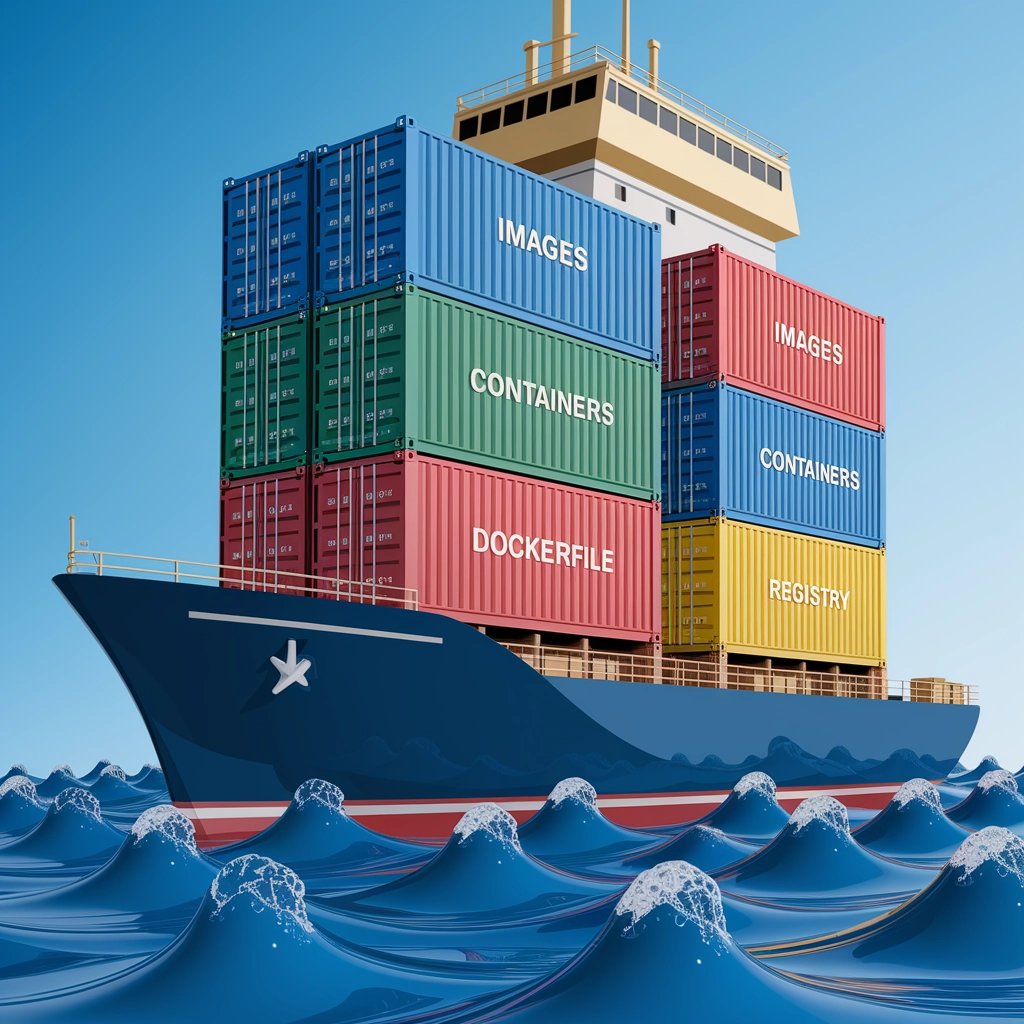
Docker Architecture and Workflow
Docker uses a client-server architecture. The Docker client communicates with the Docker daemon, which builds, runs, and manages containers. Here's a simplified workflow:
- You create a Dockerfile that defines your application environment
- You build an image from this Dockerfile
- You run a container from this image
- You can share the image via a registry so others can run containers from it
Let's look at a simple example. Imagine you want to containerize a Python web application:
# Dockerfile example
FROM python:3.9-slim
WORKDIR /app
COPY requirements.txt .
RUN pip install --no-cache-dir -r requirements.txt
COPY . .
EXPOSE 5000
CMD ["python", "app.py"]
Then you'd build and run it:
# Build the image
docker build -t my-python-app .
# Run a container from the image
docker run -p 5000:5000 my-python-app
Voilà! Your application is running in a container, completely isolated from the host system.
Docker Compose: Managing Multi-Container Applications
While Docker is great for single containers, most real-world applications consist of multiple interconnected services. For example, a typical web application might include:
- A frontend web server
- A backend API
- A database
- A caching service
- A message queue
Managing all these containers individually would be tedious. That's where Docker Compose comes in.
What is Docker Compose?
Docker Compose is a tool for defining and running multi-container Docker applications. With Compose, you use a YAML file to configure your application's services, networks, and volumes. Then, with a single command, you create and start all the services from your configuration.

Docker Compose Key Features
- Service definition: Define each component of your application as a service
- Networking: Automatic creation of a network for your application
- Volume management: Persist data between container restarts
- Environment variables: Configure services differently in different environments
- Dependency management: Control the startup order of services
Getting Started with Docker Compose
Installation
Docker Compose is included with Docker Desktop for Windows and Mac. For Linux, you might need to install it separately. Check if it's installed:
docker-compose --version
Creating a docker-compose.yml File
The heart of Docker Compose is the docker-compose.yml file. Here's a basic example for a web application with a database:
version: '3'
services:
web:
build: ./web
ports:
- "8000:8000"
depends_on:
- db
environment:
- DATABASE_URL=postgres://postgres:password@db:5432/mydb
db:
image: postgres:13
volumes:
- postgres_data:/var/lib/postgresql/data
environment:
- POSTGRES_USER=postgres
- POSTGRES_PASSWORD=password
- POSTGRES_DB=mydb
volumes:
postgres_data:
This configuration:
- Defines two services:
webanddb - Builds the
webservice from a Dockerfile in the ./web directory - Uses the official PostgreSQL image for the
dbservice - Maps port 8000 on your host to port 8000 in the web container
- Sets up environment variables for database connection
- Creates a persistent volume for the database data
Running Your Application with Docker Compose
Once your docker-compose.yml file is ready, you can start your application with:
docker-compose up
This command builds any missing images, creates containers, and starts them. Add the -d flag to run in detached mode (background):
docker-compose up -d
To stop your application:
docker-compose down
Add --volumes to remove the volumes as well:
docker-compose down --volumes
Real-World Docker Compose Example: MERN Stack
Let's look at a more concrete example for a MERN (MongoDB, Express, React, Node.js) stack application:
version: '3'
services:
frontend:
build: ./client
ports:
- "3000:3000"
depends_on:
- backend
environment:
- REACT_APP_API_URL=http://localhost:5000
backend:
build: ./server
ports:
- "5000:5000"
depends_on:
- mongo
environment:
- MONGO_URI=mongodb://mongo:27017/myapp
- PORT=5000
mongo:
image: mongo:latest
ports:
- "27017:27017"
volumes:
- mongo_data:/data/db
volumes:
mongo_data:
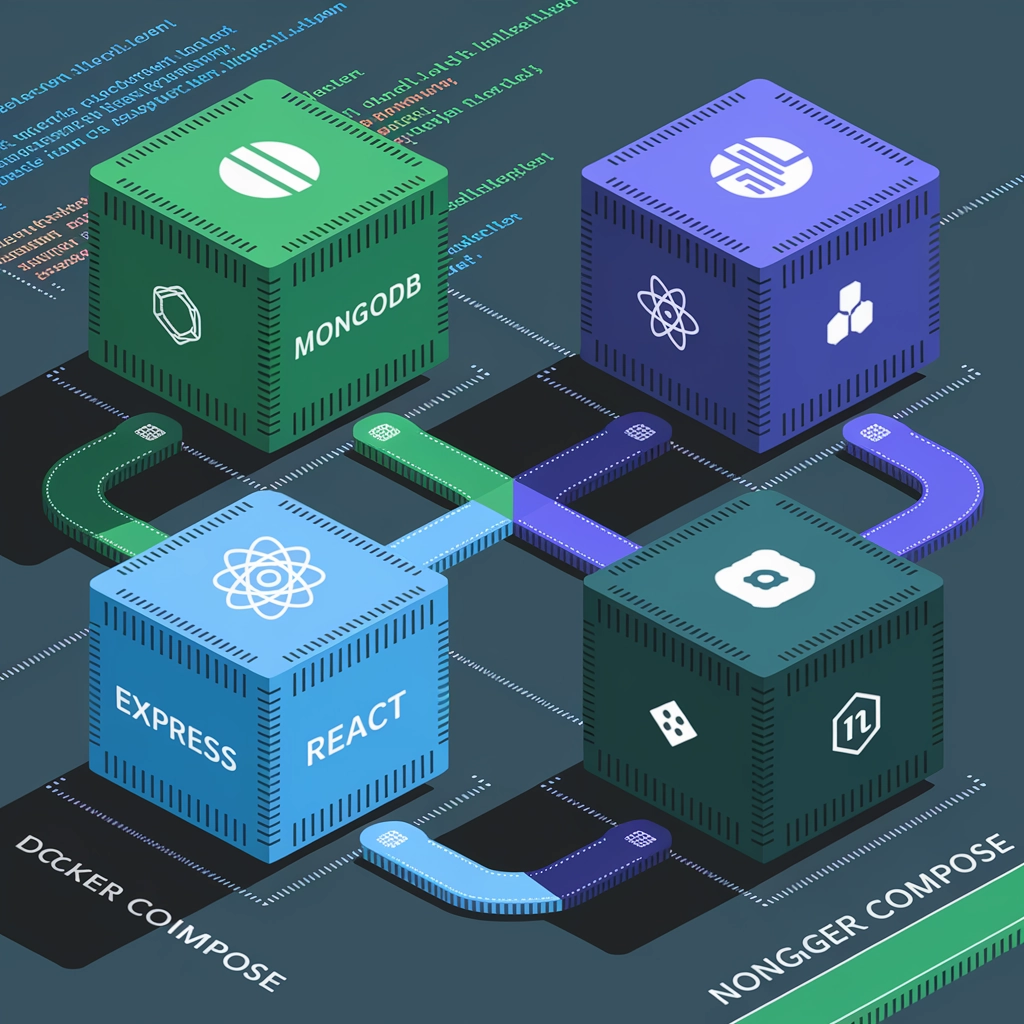
Advanced Docker Compose Features
Scaling Services
Need to run multiple instances of a service? Docker Compose makes it easy:
docker-compose up --scale backend=3
This runs three instances of the backend service.
Health Checks
You can add health checks to ensure your services are truly ready:
services:
web:
image: myapp
healthcheck:
test: ["CMD", "curl", "-f", "http://localhost:8000/health"]
interval: 30s
timeout: 10s
retries: 3
Networks
By default, Docker Compose creates a network for your application. You can also define custom networks:
services:
web:
networks:
- frontend
- backend
db:
networks:
- backend
networks:
frontend:
backend:
Best Practices for Docker and Docker Compose
-
Keep images small: Use multi-stage builds and minimal base images like Alpine.
-
Don't run as root: Use the
USERinstruction in your Dockerfile to run as a non-root user. -
Use .dockerignore: Like .gitignore, this keeps unnecessary files out of your images.
-
Set resource limits: Prevent containers from consuming too many resources:
services:
web:
deploy:
resources:
limits:
cpus: '0.5'
memory: 512M
-
Use environment variables wisely: Use .env files for local development and secrets management in production.
-
Version control your Docker files: Keep Dockerfiles and docker-compose.yml files in version control.
Common Pitfalls and Troubleshooting
-
Container connectivity issues: Make sure services can resolve each other by service name.
-
Persistence problems: Remember that containers are ephemeral; use volumes for data that needs to persist.
-
Build context too large: A large build context slows down builds. Use .dockerignore.
-
Networking confusion: By default, services can reach each other by name, but external access requires port mapping.
-
Resource constraints: Containers sharing a host compete for resources. Set appropriate limits.
Conclusion: Container Power Unleashed
Docker and Docker Compose have transformed how we develop, test, and deploy applications. By packaging applications consistently and simplifying multi-service orchestration, they help solve the "works on my machine" problem once and for all.
Whether you're a solo developer working on a side project or part of a large team building complex microservices, mastering Docker and Docker Compose will make your development process smoother and more reliable.
Ready to take your Docker skills to the next level? Check out our Kubernetes courses to learn how to orchestrate containers at scale, or explore our AWS content to see how containers fit into cloud deployments.
Happy containerizing!

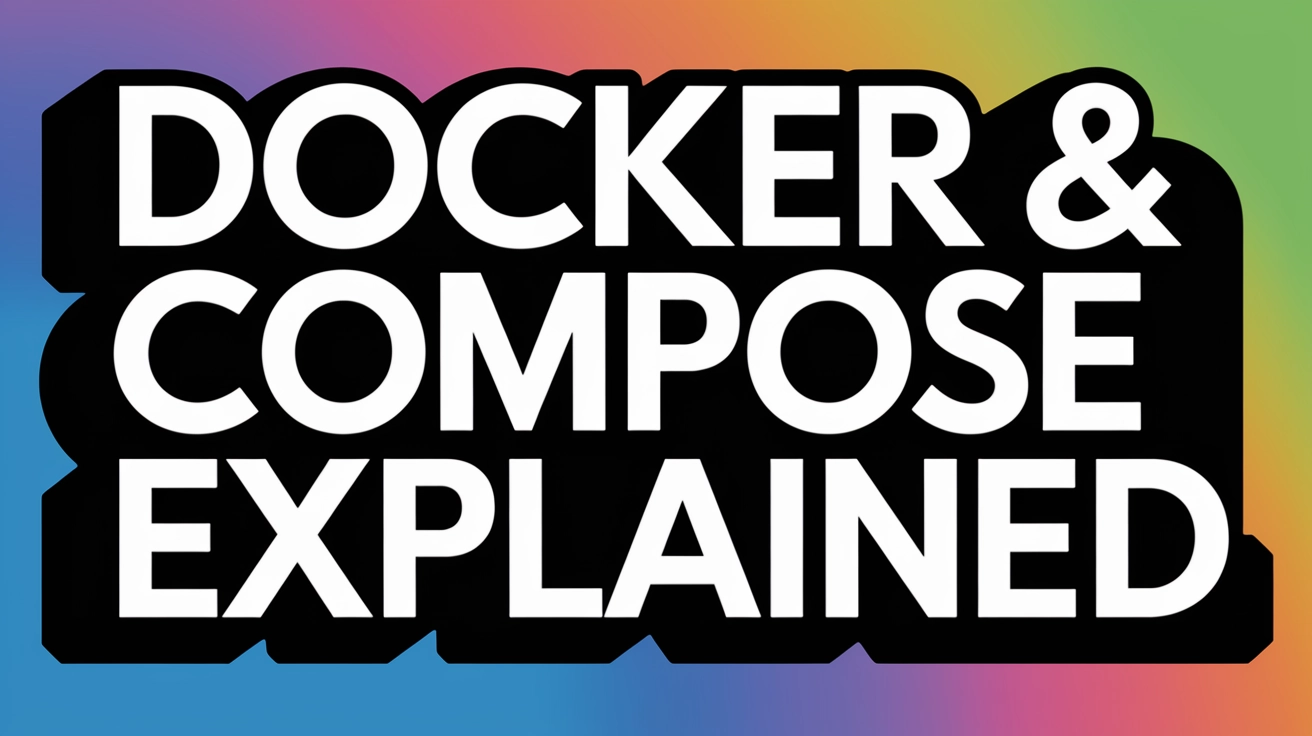
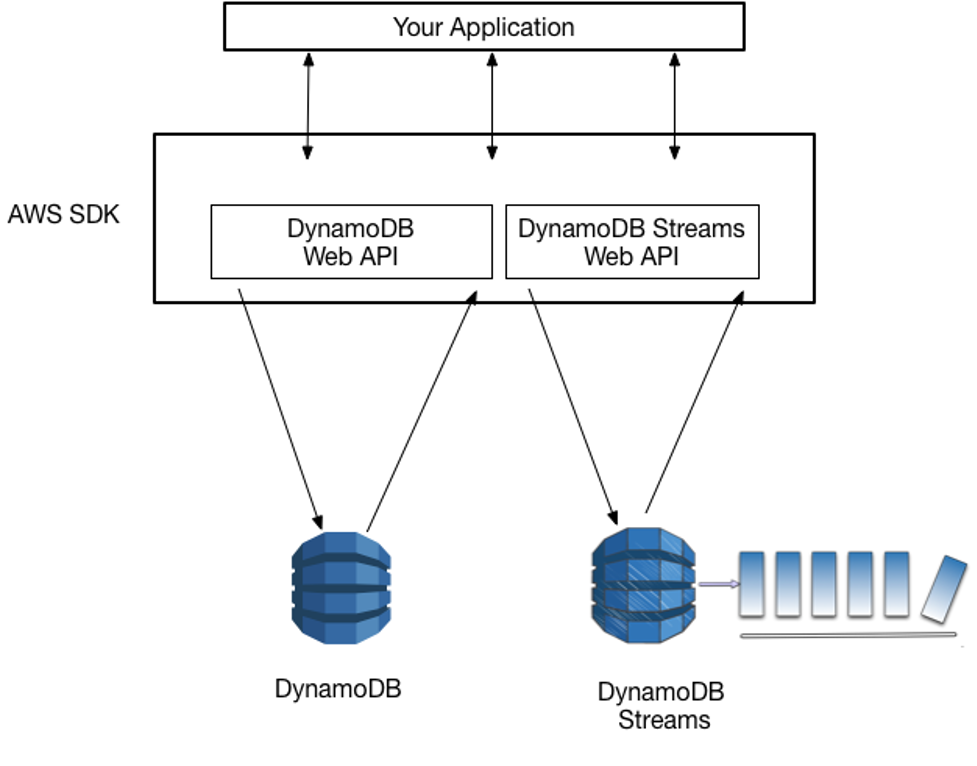
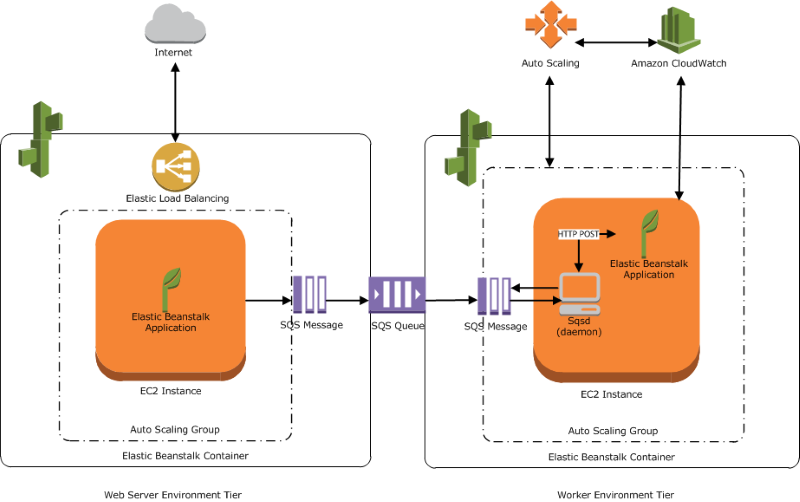
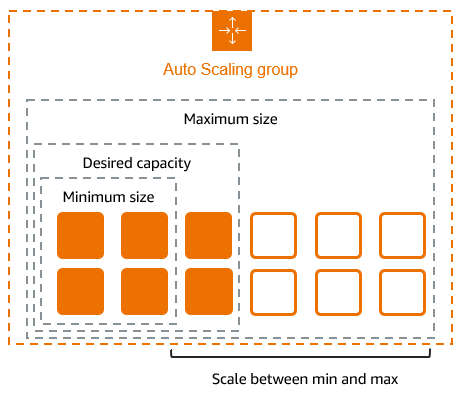
1 Comment
[…] Ready to dive deeper into DevOps concepts? Check out our guide to CI/CD pipelines or learn about Docker Compose for multi-service applications. […]